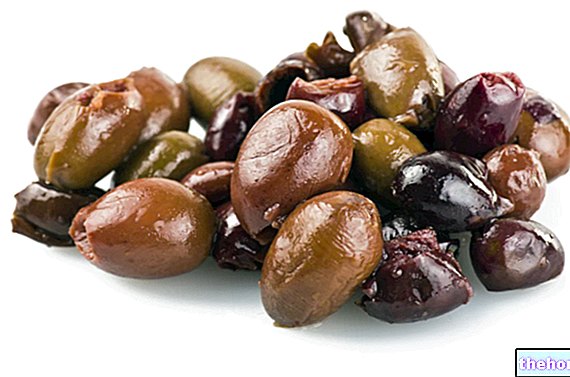The Purines
Purines are a group of nitrogenous organic substances found in all living cells. The best known purines, as nitrogenous bases of DNA and RNA, are adenine and guanine; these substances share with the other members of the family a molecular structure with two condensed nitrogenous heterocyclic rings (since they derive from purine, where a penta-atomic ring condensed with a hexa-atomic ring). Among the other most significant purines we remember caffeine, theobromine and uric acid.

Excess of Purine
The human organism continually synthesizes the purines necessary for the synthesis of new nucleic acids; the dietary intake is then added to this endogenous biosynthesis, which occurs mainly in the liver; furthermore, there are ways of recovery, interconversion (formation of a purine from another) and degradation of excess purines.
Uric acid or urate is the main catabolite resulting from the breakdown of purines.
Alterations of Purine Metabolism and Hyperuricemia
In some subjects there are congenital deficiencies of enzymes involved in the pathways of interconversion, recovery and degradation of purines. These and other alterations in purine metabolism and uric acid excretion can cause hyperuricaemia (excess uric acid in the blood) or hypouricemia (deficiency of uric acid in the blood).
Hyperuricemia is a fairly common condition characterized by an excess of uric acid in the blood. Hyperuricemia can trigger an arthritic condition called gout, characterized by an increase in uric acid in biological fluids; this excess leads to the formation and precipitation of uric acid crystals inside the joints, triggering gouty attacks (severe painful joint inflammation, with local redness and swelling). In addition to the joints, the most common storage areas of the acid uric excess are the kidneys (up to renal failure) and the skin of the ears, hands and elbows (where the so-called tophi, palpable masses visible under the skin, are formed).
Many people with hyperuricemia have a hereditary tendency to produce large amounts of uric acid, while gout is rarely caused by consuming purine-rich foods alone in the absence of a genetic predisposition. This does not mean that in the case of gout and hyperuricemia it is still important:
- limit the consumption of foods rich in purines;
- follow a sober diet (once gout was defined as the "disease of the rich" as it is typically associated with overeating);
- drink plenty of fluids, at least 2/3 liters a day, especially if it's hot (dehydration increases the risk of gouty attacks); Plenty of water can prevent kidney stones to which gouty people are particularly exposed; herbal teas can be a good solution to increase fluid consumption, and some diuretic teas can promote the excretion of excess uric acid ;
- try to reduce body weight, if in excess, while avoiding excessively restrictive diets; overweight people, especially those with concentrated abdominal fat, are more exposed to the risk of gout;
- limit or eliminate alcohol consumption; beer is particularly inadvisable because it has a high purine content compared to wine and other spirits;
- avoid fructose as a sweetener, as it increases uric acid retention;
- prefer sources of complex carbohydrates and cut down on foods high in fat;
- also pay attention to aspirin, which limits the filtration of uric acid in the kidney; it is better to prefer paracetamol.
Foods rich in Purine
- Foods that are most likely to trigger gout contain 150 to 1,000 milligrams of purines per 100 grams. They include high-protein animal products such as anchovies, brains, consommé, gravy, herring, offal, meat extracts, minced meat, mussels and sardines.
- Other foods that can contribute to gout contain a limited amount of purines (50 to 150 milligrams per 100 grams). In severe cases it is necessary to limit these foods to no more than one serving per day; this class of foods includes asparagus, dried beans, cauliflower, lentils, mushrooms, flour, oats, dried peas, oysters, spinach, grains, fish, meat and poultry. Limit them to 90 grams five times a week.
Foods with a high purine content
(from 150 to 800 mg / 100 g)
Foods with a medium purine content
(50 to 150 mg / 100 g)
Foods low in purines
(0 to 50 mg / 100 g)




























